
As the colder weather approaches, keeping your home cozy and warm becomes more and more difficult.
Between drafts, moisture, and frost, it seems that the outside temperatures get inside through every nook and cranny, so it's no surprise that heating bills increase. Window insulation kits feel like an affordable way to keep it at bay, but do they actually work?
Here, we spoke to HVAC pros to find out their thoughts about whether they're effective to keep your house warm without turning up the heat.
Do window insulation kits work?
The good news is that HVAC pros agree that, all in all, window insulation kits do work to weatherproof your windows and can make some difference to your energy bills and comfort.
Sabi Kampeas, CEO and founder of Kasa201 LLC, explains, 'Indeed, window insulation kits are effective. By adding an additional layer of insulation to your windows, window insulation kits lower drafts and increase your home's energy efficiency.
'Typically, these kits include a clear plastic film that is placed on the window frame and heated (either with a heat gun or a hair dryer) to tighten it. This increases home comfort by forming an air barrier that lowers heat loss,' therefore helping you to save money at home.
All prices correct at time of publication.
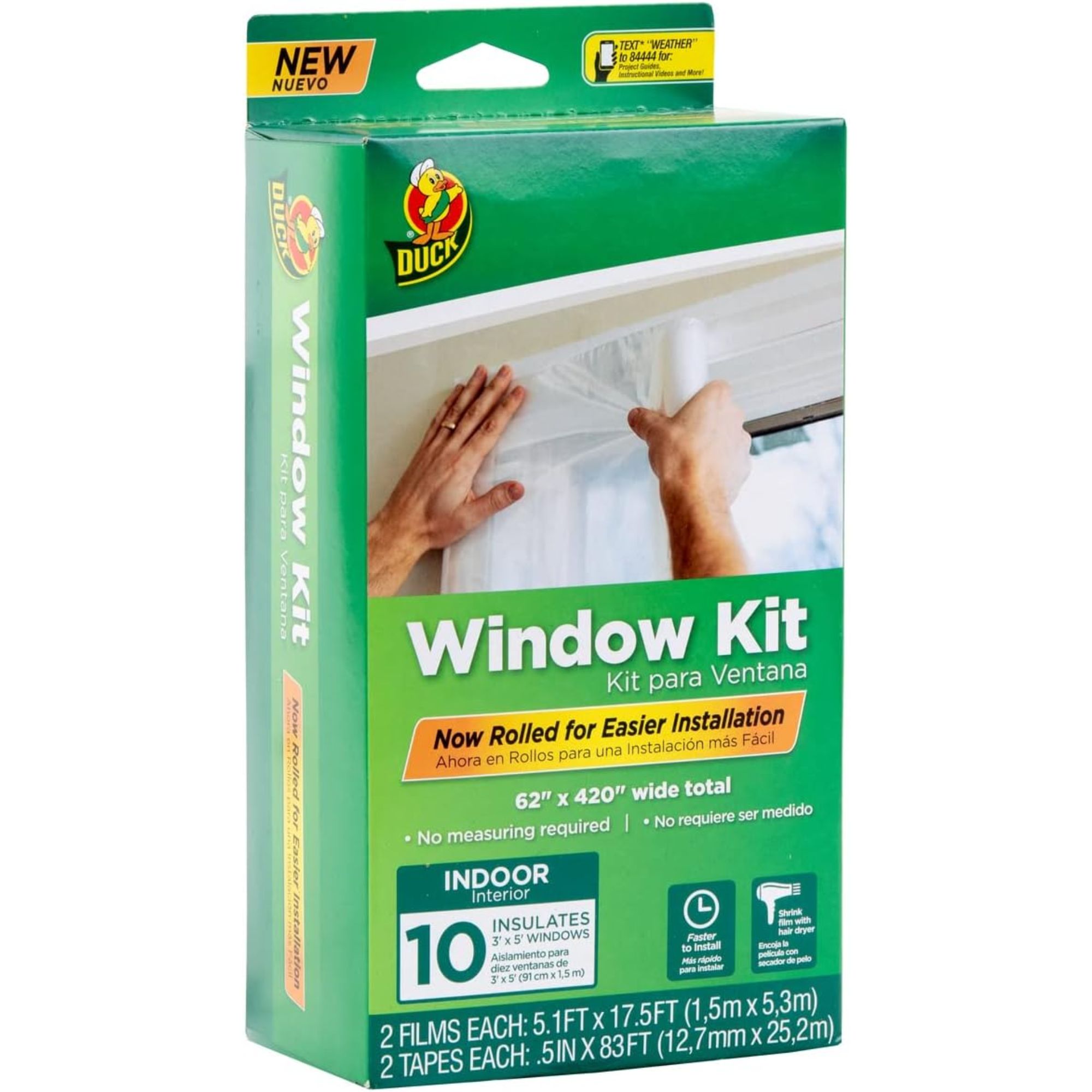
This window insulation kit easily applies using just a hairdryer, and can be cut once applied for easier installation.
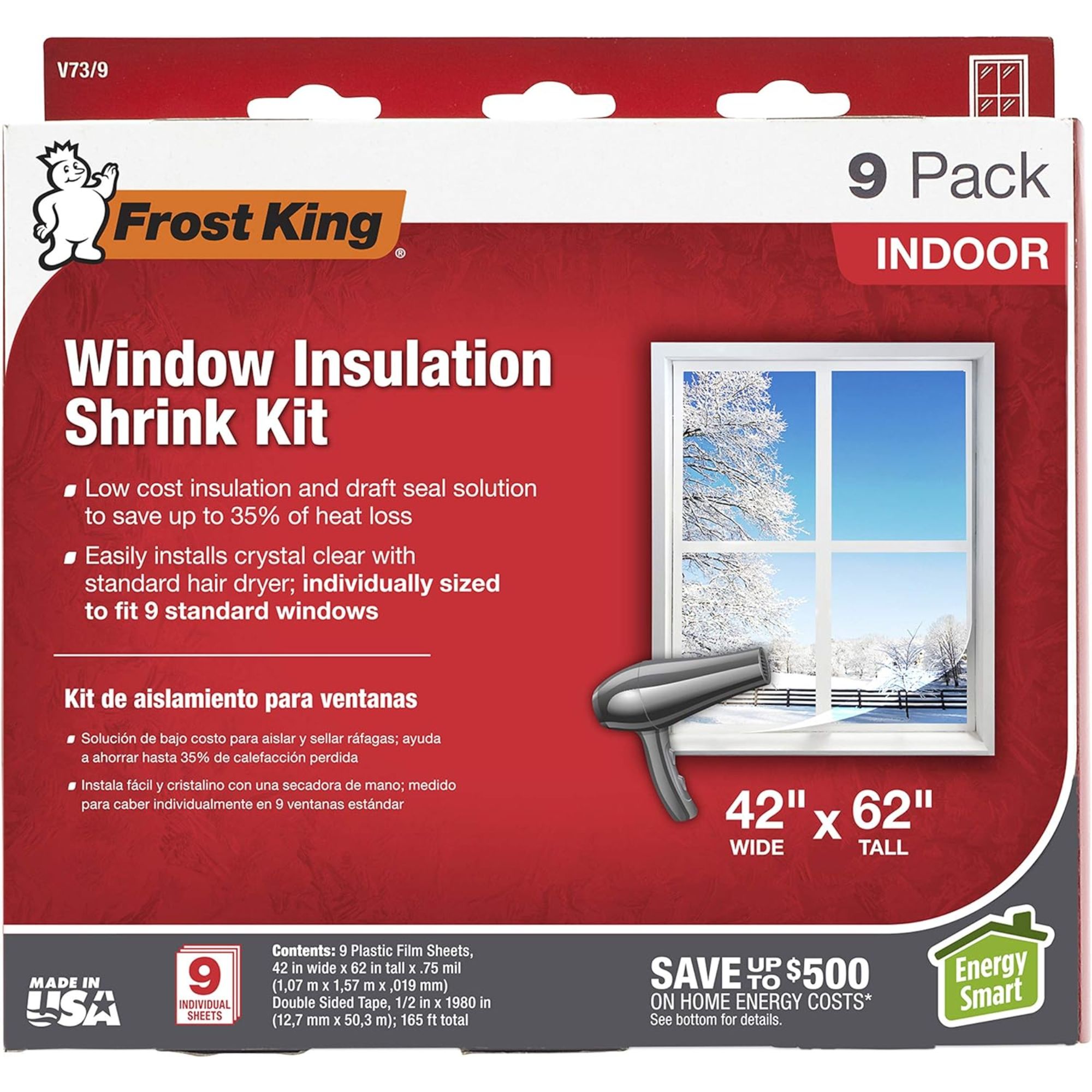
This product applies crystal clear, and is highly durable, tight and wrinkle-free.
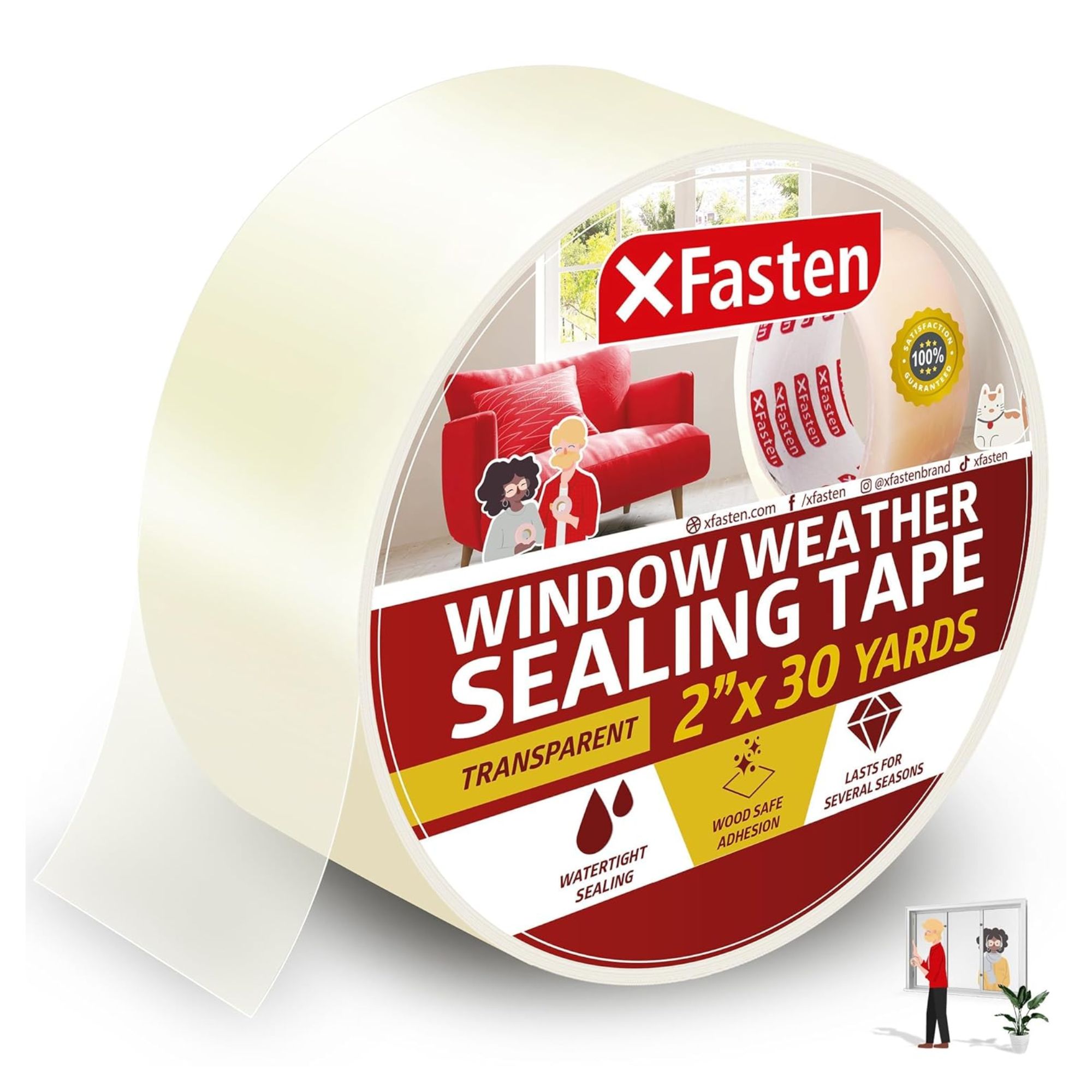
This tape is wood-safe and residue-free, and works to create an airtight seal to keep moisture and drafts out of your home.
How to install window insulation kits

If you do want to try your hand at DIY draft proofing, this is what the experts recommend:
- Clean and dry your windows first: using a commercial product such as the Windex® Glass Window Cleaner available at Walmart, or a homemade window cleaner, with a microfiber cloth. Jame Marino, general manager at Pinnacle Home Improvements, says, 'For the best results with these kits, it’s all in the prep and installation. Make sure the window frames are clean and dry before you start sticking anything on.'
- Select an appropriate kit size: It may seem obvious, but there's no point in trying to use a kit that is far too big, or far too small, for your windows, as this won't work effectively. Home improvement expert Kampeas says, 'Before you buy a window insulation kit, take precise measurements of your windows. In order to accommodate various window types, kits usually come in a variety of sizes (such as 3' x 5' and 4' x 6'). To avoid any spaces where heat could escape, pick one that completely encloses the window area.
- Use a heat gun or hairdryer: This will usually be the recommended method on the product instructions and therefore will yield the best results.
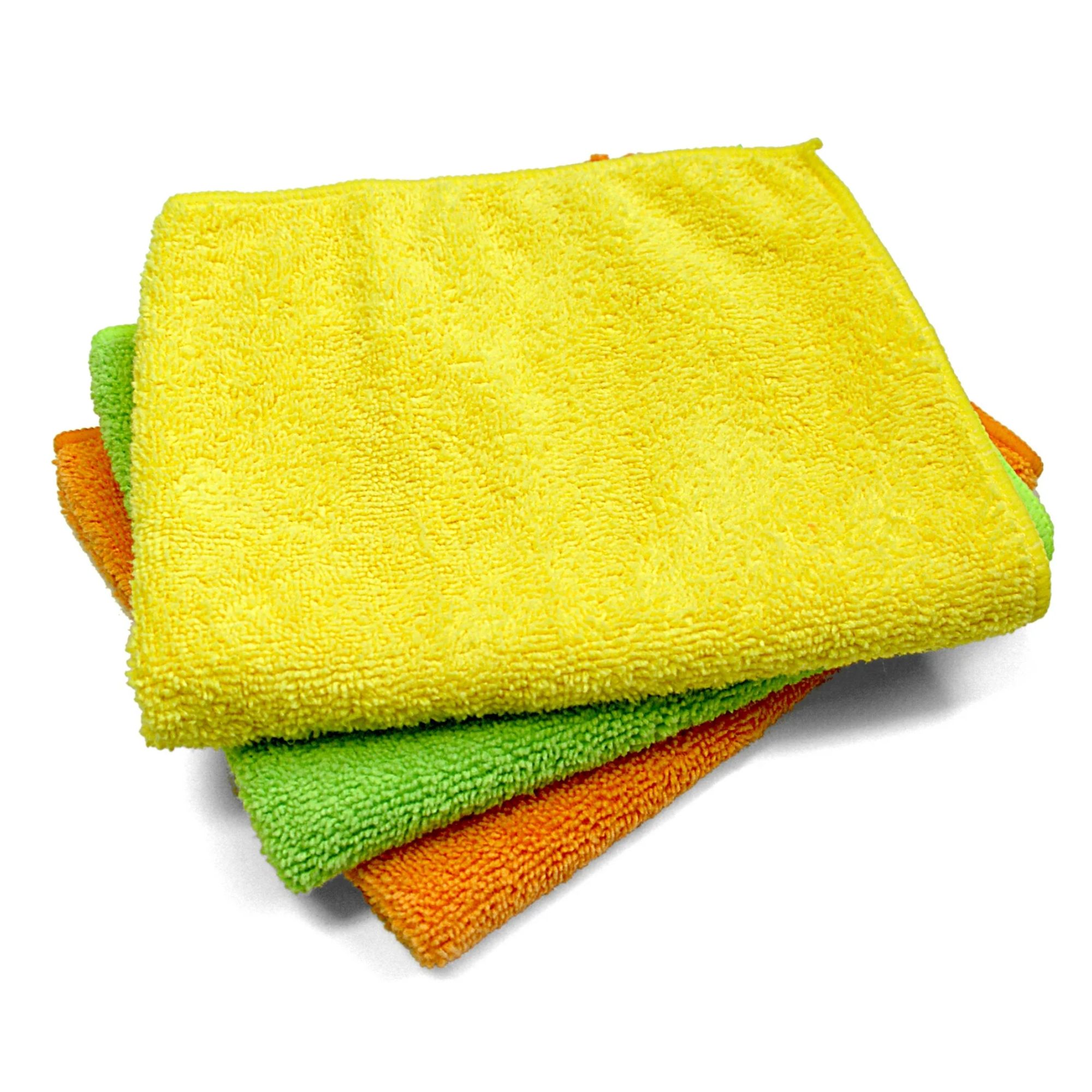
These cloths can just be thrown in the washing machine and tumble-dried between uses, so they're super convenient for cleaning.
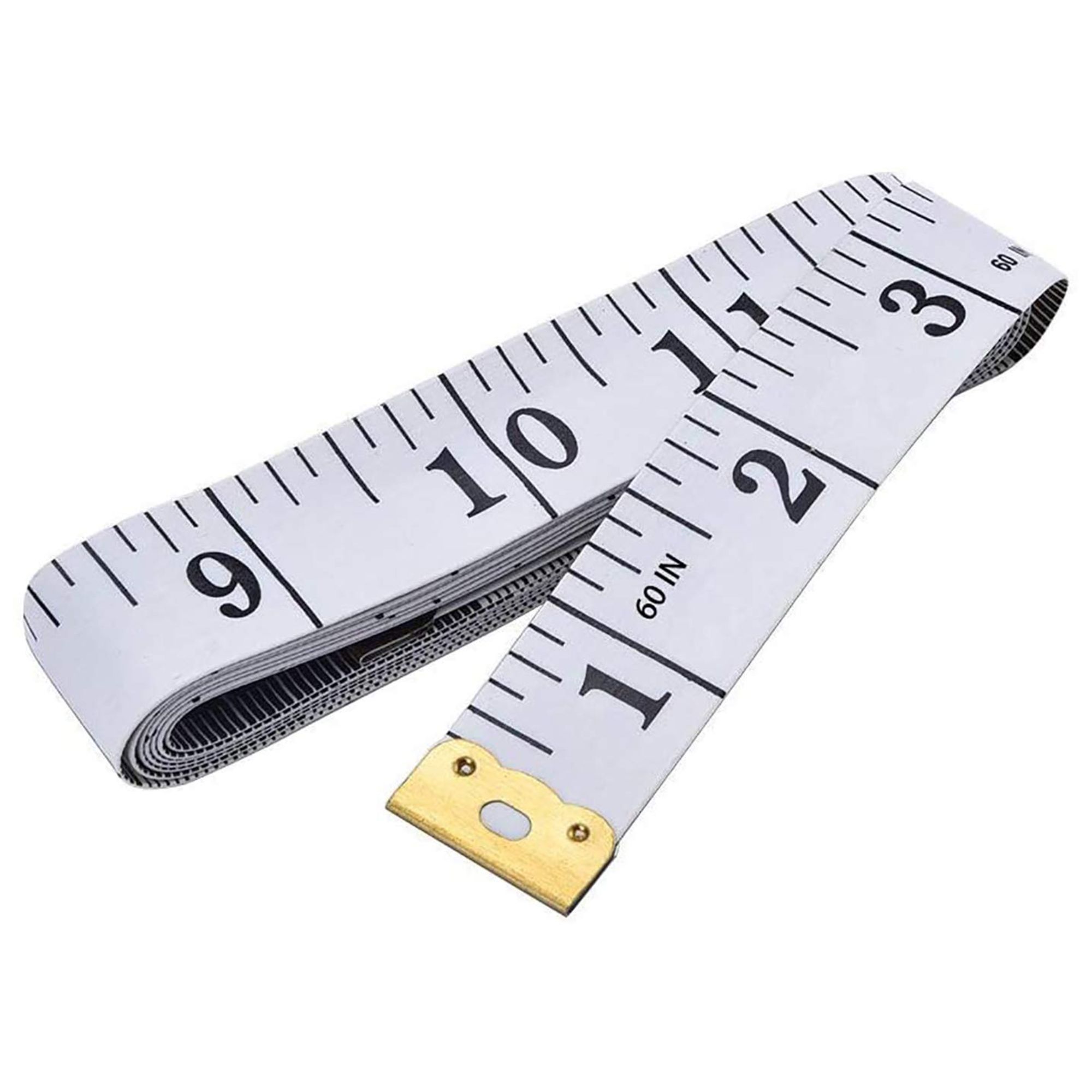
Using a flexible tape measure like this one will make accurately measuring your windows easy.
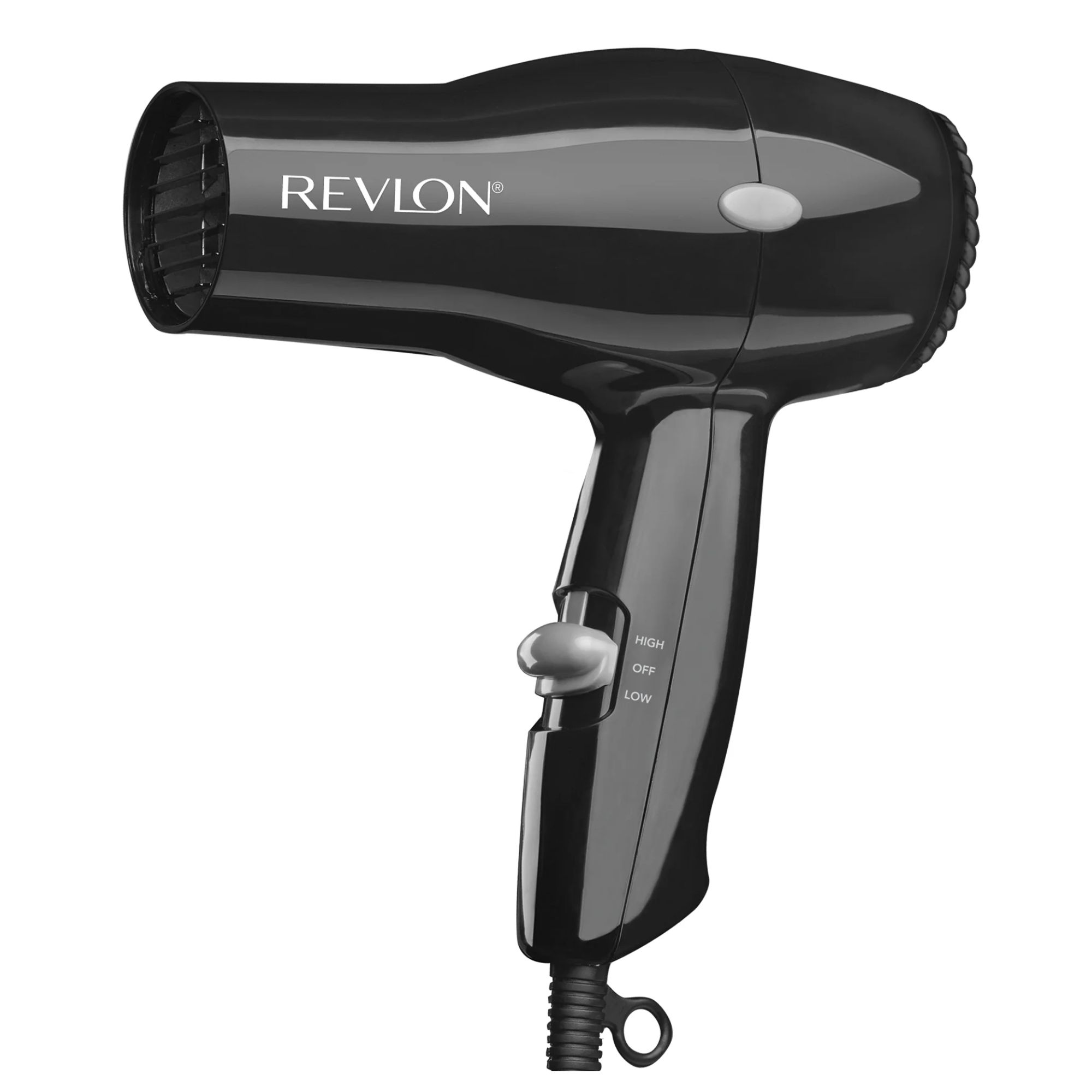
This small hairdryer is perfect for applying window insulation kits. Simply use an extension cord if you don't have a plug socket near your window.
What are the drawbacks of window insulation kits?

As with any hack to insulate a home, window insulation kits have their downsides. Firstly, they can be tedious to install for the first time as you get to grips with the kit, especially if you are working on your own. They can take a bit of practice to ensure a snug fit.
The next drawback is the efficiency. While they can make a small difference, they aren't that effective. I.E. you couldn't rely on them alone to keep a poorly insulated house warm. They are more an addition to your existing window treatment ideas than a standalone solution.
Glenn Wiseman from Top-Hat Comfort Services says, 'They're more of a quick fix than a game-changer for your energy bills. While they can make your home feel less drafty and a bit more comfortable, don’t expect them to dramatically cut your energy bills. The plastic doesn’t provide a lot of insulation, so the energy savings are usually modest.'
For example, window insulation kits are far less effective than investing in energy-efficient windows, or double-glazing. They will also deteriorate over time, especially when exposed to the sun which can make the plastic film wrinkle, tear, or yellow. As a result, it needs replacing regularly, approximately once a year.
Nevertheless, they will make a home feel warmer in a pinch, especially because they are much cheaper than investing in double-glazing, which is a small home upgrade that can boost home value.
FAQs
Do window kits help reduce energy consumption?
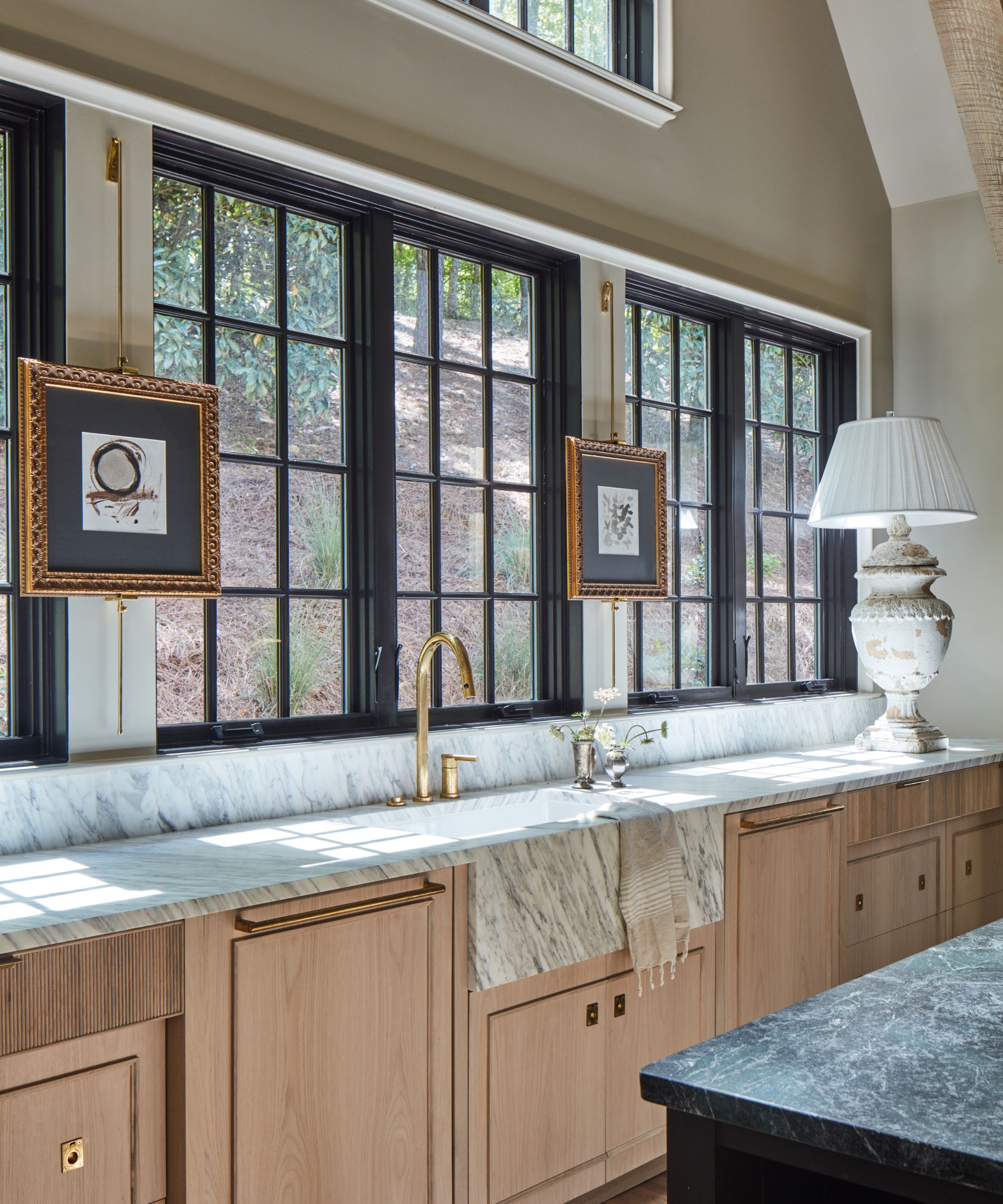
So, in terms of maintenance tasks to lower your energy bills, how well do window insulation kits work?
According to Josh Mitchell, HVAC technician and founder of AirConditionerLab, they can actually reduce heat loss through windows by up to 35%. He advises, 'Since windows are responsible for up to 30% of heat loss in many homes, this added insulation can help reduce heating needs. Depending on how drafty your house is, you may save around 10-20% on your heating bill over the winter if you insulate all your windows.'
Andrii Gurskyi, HVAC expert and founder of Mr. Glazier, agrees with Mitchell, stating that, with proper insulation, they can easily help mitigate heating costs by around 10 to 15 percent. 'This is accomplished through improving the air circulation within the house and reducing air leakage,' he says. 'They work exceptionally well in older houses with single pane windows, where there is a high level of heat loss.
'Although these are not a substitute for a new window, these can be a good economical stop gap until new windows are fitted,' particularly if you seal gaps in windows to stop cold air leaks.
To do so, we recommend using caulk, such as the DAP® Alex Plus White Acrylic Latex All Purpose Caulk available at Walmart, which is flexible, durable, and 100% waterproof.
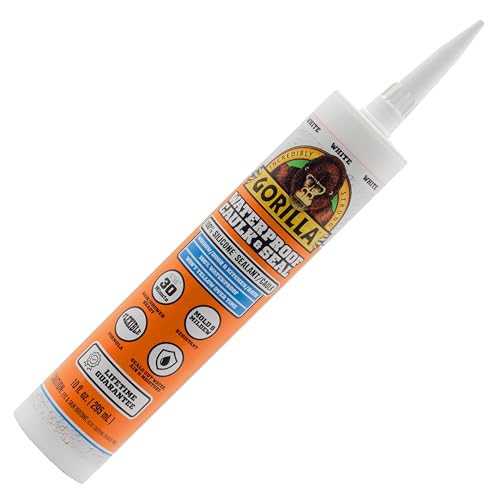
This bestselling caulk sets in just 30 minutes, and effectively keeps dust, moisture and water out of your home, with a lifetime guarantee.
'If you’re dealing with major energy loss, though, these kits are more of a band-aid solution,' says HVAC expert Wiseman. 'For bigger savings and long-term comfort, you might want to think about upgrading insulation or sealing air leaks around the house.
Those changes tackle the problem at its source and can make a noticeable difference in your heating bills. But for a cheap and easy way to feel cozier this winter, window insulation kits aren’t a bad place to start.'
Next, learn about which areas of your home you should always insulate, for a warmer winter.







